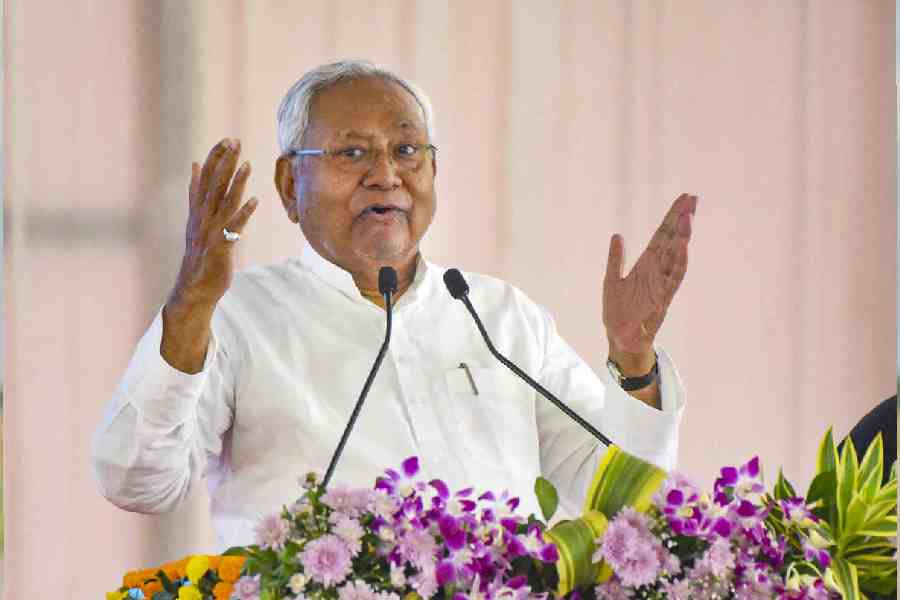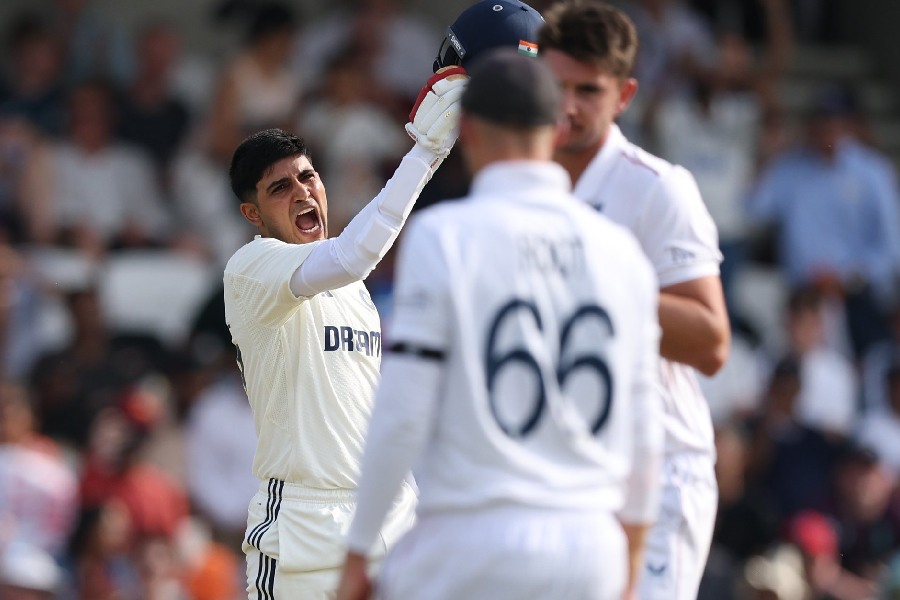 |
 |
Recently, I’ve put my car through some tough speed tests. I’ve driven through a parking lot at 7kph, I’ve moved gingerly onto public roads at 19kph, I’ve crawled along the worst urban traffic at 32kph and I’ve slammed the throttle and shifted from first gear to second at 61kph. And I managed to keep an accurate record of the abuse I put my car through.
No, my Puja shopping hasn’t included the accelerometer-based testing gauge that I’ve been eyeing for years — I’ve just been driving the new Honda Civic. This set of wheels comes with an awesome digital speed display — quite a fancy new upgrade from the old analogue speedometer found in other cars.
The new Honda Civic, the booted American version, has recently been launched in India. It fits in between the City and the Accord within Honda’s Indian range and comes in both manual and automatic versions. The manual version is priced at a tad under Rs 10 lakh while the auto version is a bit over Rs 10 lakh. The car has found its niche in the Upper C-Lower D slot, jostling for space with the Toyota Corolla, Skoda Octavia, Hyundai Elantra and Mitsubishi Lancer Cedia.
The first thing I did upon setting my eyes on the Civic was to check out the design. It’s the very same American Civic, right down to the sporty lip on the boot. The rear has a cool new look, with twin round taillights — like afterburners on jet fighters — on either side of the boot.
The Civic rides on 15x6J alloy wheels and 195/65 R15 tubeless tyres and braking is via disc brakes, ventilated at front and solid at the rear. The dimensions are 4545mm (length) x 1750mm (width) x 1450mm (height) with the wheelbase at 2700mm. All this makes the Civic longer and wider than most other cars in its category. The manual version weighs in at 1210kg with the automatic weighing a bit more at 1240kg. Not a bad deal at all!
The one problem that immediately hits you about the car is its protruding fascia, which makes getting into the vehicle difficult. The seat has to be pushed right back in order to save the knees from a good banging, and this certainly doesn’t say much about the designing. Once inside though, the interiors more than make up for it. There’s a tachometer in the centre of the instrument binnacle, replacing the speedometer and for added effect, there’s a really neat eye-level digital speed display with bar-type indicators for temperature and fuel level on either side of it.
Another great feature is the backrests of the front seats. Honda has thoughtfully scooped them out, so as to increase leg space for the rear seat passenger. Even if the front seats are pushed back, there’s plenty of room. An additional feature is the audio controls within the armrest, giving rear seat occupants control of the audio system.
Having taken all that in, I turned to the eye-catching three-spoke steering wheel. But my pulse really started racing, when I sat in the automatic. Giving life to all the Formula 1 fantasies of the frustrated urban driver, just behind the steering wheel, Honda has put in two incredible plasticky paddles for effecting the gearshift. Yes, this is no typo, I’m talking about something that looks like it’s come straight out of the Formula 1 cars that Barrichello or Button have.
Under the bonnet is a 130BHP, 16-valve iVTEC engine. Honda is known for smooth, well-balanced engines and I expected the same in the Civic. I wasn’t disappointed. I drove the manual version first. It’s a driver’s delight. Insert the key and the meters light up in a soft backlit blue. Turn the key and an all-blue Christmas tree lights up inside. Turn the key a bit more and the engine starts, idling gently with almost no vibration. It’s just the tach that confirms that the engine is running.
Eager to find out what the Civic can do, I took her on the road and slammed the throttle — and almost immediately hit the redline and the engine rev limiter. The speedometer told me I was doing 61kph. I shifted into second gear and again I was at the redline, this time the speedometer showed 101 kph. Not bad for starters!
What’s great about the acceleration too is the sound of the engine during the revving — cross 4500rpm and it’s amazing! Over the next few minutes, I kept accelerating, shifting, braking and downshifting then accelerating again — just to hear the engine do its stuff over and over again. And I can vouch that the brakes are very good — during a fast run a truck pulled out of nowhere and I slammed the brakes hard. Just about half of my life had flashed in front of me, when I found I’d stopped well short of the truck.
The other aspects of the car — engine tractability, handling and ride as well as behaviour while city driving — won’t leave one disappointed. However, under 2000rpm, the engine is a little sluggish (relatively speaking) and you need to work the gears a bit. The suspension is very good, and speed breakers; even those nasty rumble strips, are dispatched with contempt.
When I tried my hand at the automatic, I left the box in normal automatic mode while I got tuned to the car. Everything like ride and handling is similar to the manual version. After driving a bit like that, I stuck the gearshift lever into S mode. This transfers control to the drivers’ fingertips. It took a bit of getting used to. But once I was set, I found myself shifting gears more quickly than I’d have done with a manual gearbox, especially while downshifting to get some engine braking.
My only complaint: while using the paddle shift, I couldn’t reach the horn button, which is vital for highway driving. Also, the engine seems a little more ‘managed’ or controlled by the ECU/ gearbox in the automatic, and so the car seems a bit slower than the manual version. There’s also something else I’m wondering about in retrospect. I always felt an automatic gearbox was supposed to relieve the driver of the chore of changing gears. The paddle-shifters make you work at changing gears, so is it really an automatic then?
I’m yet to get over my brief bit of bliss with the Honda, though I find it difficult to give a verdict. If personal preferences cut any salt, I’d probably not refuse an automatic if I found it in my Christmas stocking. But if I were buying the car myself, I would go for the manual — every time. But that’s just plain old me!
Photographs by the author
My first car
 |
Rajesh Gupta,
entrepreneur/photographer
My first car was a white Ambassador, which our family bought way back in 1984. We were five brothers then and would all very amicably share the car. There wasn’t much fighting over it as we used to be busy with college and work. Nevertheless being the youngest, I was bullied a bit and given strict deadlines when I’d take the car out.
I have very fond memories of that Ambassador as I learnt how to drive in it. One memory though, isn’t that good! I remember it being about 1993. I was driving the car, heading to CC&FC when a speeding Sumo, which must have been doing about 100kph, collided into me from the side. My Amby must have taken a turn of about 135°. Yet by the grace of God and the fact that the Amby is so sturdy, nothing happened to me. Otherwise I’d have been a goner!
Today, I have gone on to several other cars, yet my family still has that old Ambassador. We spend loads of money just repairing it, but there are too many good memories associated with it, to sell it off.











![Rishabh Pant, Sachin Tendulkar [in set]](https://assets.telegraphindia.com/telegraph/2025/Jun/1750511937_new-project-33.jpg)